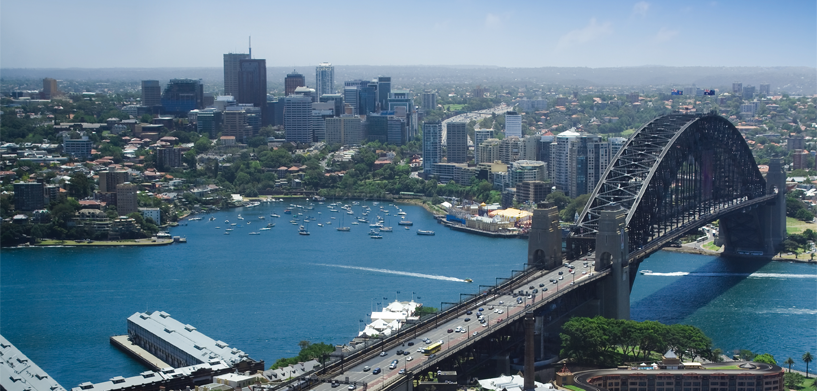Australia is a unique country, home to sophisticated cities, beautiful beaches and rich culture, as well as the famed Outback and bush regions, where populations are sparse and deserts and wildlife plentiful – and many adventurers may not even know the names of the rural roads on which they are traveling.
From the coasts to the metropolitan areas to the vast inland terrain, when emergencies happen in Australia, citizens and travelers alike know to dial Triple Zero (000) for help. Thanks to the deployment of advanced mobile location (AML) technology across the country in December 2020, public safety agencies countrywide now have access to geolocation data for Triple Zero calls.
According to the Australian Communications and Media Authority, approximately 78% of calls to Triple Zero originate from mobile telephones. AML is capable of providing a caller’s location within a 5-metre radius outdoors and a 25-metre radius indoors. Based on deployments of AML in other countries, it said, most calls (about 85%) will provide location accuracy within 50 metres.
“The AML service is a key collaboration between the Commonwealth Government, Telstra (as the Emergency Call Person for Triple Zero), emergency service organisations in every state and territory (police, fire and ambulance), mobile carriers (Telstra, Optus and TPG Telecom) and mobile operating system providers (Google for Android devices and Apple for iOS and watchOS devices).” (triplezero.gov.au)
How does AML work?
Previously, responders had to rely on callers to give their locations during emergencies, and that wasn’t always accurate. Unfamiliarity with surroundings, injuries or stressful situations can all contribute to a breakdown in communication and lead to valuable response time wasted. Now, AML-enabled smartphones recognize when an emergency call is made to Triple Zero and send callers’ locations to responders.
The smartphone assesses available location information available, using device-based hybrid methods, which combine GPS, Wi-Fi, and mobile network information to calculate the caller’s location. Once the device’s location is calculated, the smartphone automatically sends an SMS with the estimated location to Triple Zero. This SMS is sent in the background while the caller speaks, and the caller is not required to do anything to enable the location information to be sent. If the telephone’s location services are switched off at the time the call is initiated, AML will temporarily activate the location service for the duration of the emergency call. Usually, it takes less than 25 seconds for the caller’s location to be calculated and communicated with Triple Zero.
ITNews.com.au reported that AML is considered to be around 4,000 times more accurate than previous methods that triangulated the location of calls using cell towers.
AML capabilities in dispatch
The AML service in Australia was rolled out based on standard technical requirements for countrywide implementation, and computer-aided dispatch (CAD) systems from Hexagon, equipped with AML capabilities, are already in use at several emergency service organizations throughout Australia.
Public safety agencies can leverage AML-ready CAD solutions to seamlessly integrate incoming data to enhance call-taking and field response, leading to increased situational awareness, quicker response times and more efficiency.
Learn more
To learn more about how Hexagon’s next-generation CAD solutions can help your agency leverage AML capabilities, check out HxGN OnCall Dispatch.
Enjoy this post? Subscribe to our blog and have industry insights delivered right to your inbox each week. Subscribe now.















